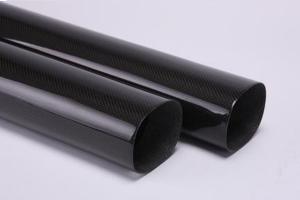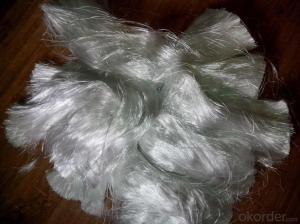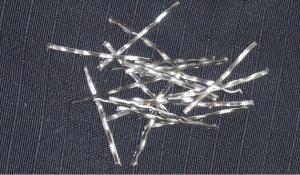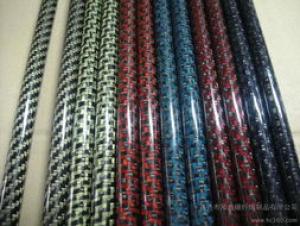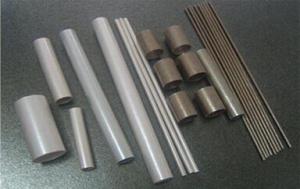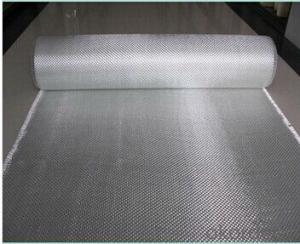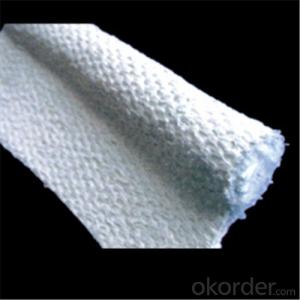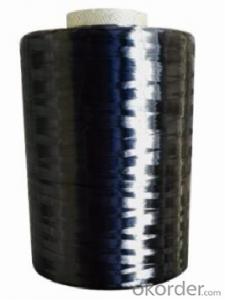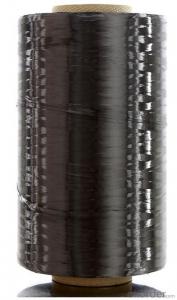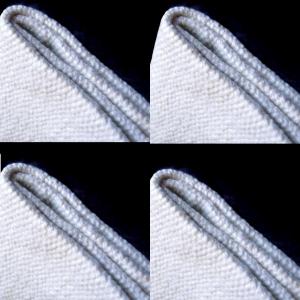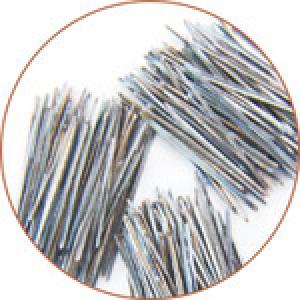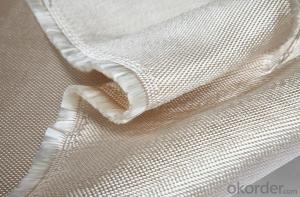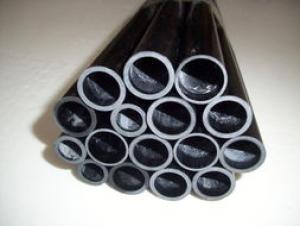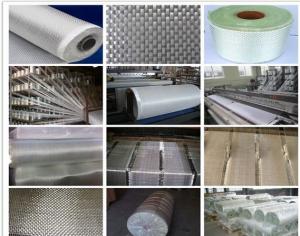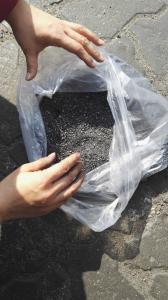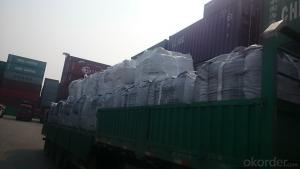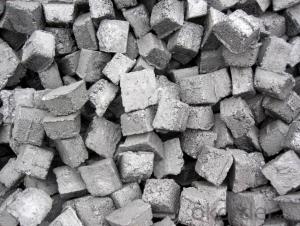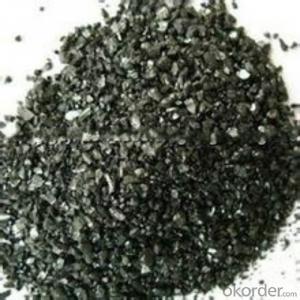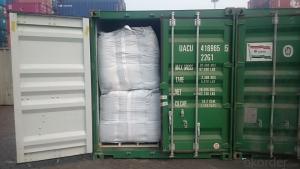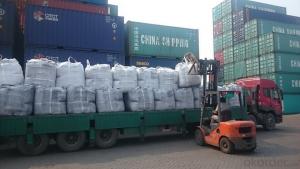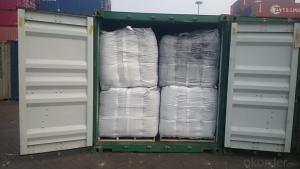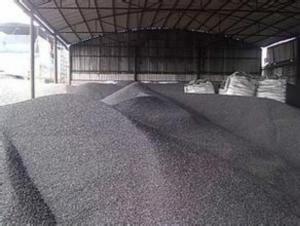Carbon Fiber Cloth
Carbon Fiber Cloth Related Searches
Silica FiberHot Searches
Used Foam Board Insulation For Sale Used Sandwich Panel For Sale Bags Of Cement For Sale Tilt Panel Props For Sale Types Of Temporary Side Panels For Cement Deck Magnesium Oxide Board For Sale Hdf Board For Sale sintra board for sale Fiber Sheet Price In India Gypsum Board Price Per Sheet In India Fiber Roofing Sheets Price In Pakistan Plastic Fiber Sheet Price Solar Inverter Panel Price Sandwich Panel Manufacturers In Bangladesh 5 8 Type X Gypsum Board Price Twin Wall Polycarbonate Sheet Price Hardiflex Fiber Cement Board Price Gypsum Board Partition Wall Price India Extruded Polystyrene Insulation Board Price Polyurethane Insulation Board PriceCarbon Fiber Cloth Supplier & Manufacturer from China
Okorder.com is a professional Carbon Fiber Cloth supplier & manufacturer, offers integrated one-stop services including real-time quoting and online cargo tracking. We are funded by CNBM Group, a Fortune 500 enterprise and the largest Carbon Fiber Cloth firm in China.Hot Products
FAQ
- Superconductivity, a phenomenon where electrical resistance drops to zero at low temperatures, is exhibited by carbon-based superconductors. Unlike conventional superconductors, which are typically metallic elements or alloys, carbon-based superconductors are primarily composed of carbon atoms. These materials possess a unique structure and properties that make them efficient conductors of electricity when cooled below a critical temperature. Carbon-based superconductors can be divided into two main types: organic superconductors and fullerene superconductors. Organic superconductors consist of carbon-based molecules, such as organic salts or polymers, that form a crystal lattice structure. Extensive research has been conducted on these materials, revealing promising superconducting properties at low temperatures. On the other hand, fullerene superconductors are composed of carbon molecules arranged in a cage-like structure called fullerenes. The most famous fullerene is C60, also known as a buckyball, which has 60 carbon atoms arranged in a soccer ball-like shape. By doping these fullerene cages with specific elements like alkali metals or transition metals, their superconducting properties can be enhanced. What makes carbon-based superconductors particularly fascinating is their potential for high-temperature superconductivity. While most conventional superconductors require extremely low temperatures close to absolute zero (-273.15°C or -459.67°F) to exhibit superconductivity, certain carbon-based superconductors have been found to retain their superconducting properties at relatively higher temperatures. This characteristic is significant for practical applications as it facilitates easier cooling and opens up possibilities for widespread use of superconductivity in fields like energy transmission, magnetic levitation, and quantum computing. However, it is crucial to note that carbon-based superconductors are still an active research area, and numerous challenges remain in understanding their mechanisms and enhancing their superconducting properties. Nevertheless, the discovery and exploration of these materials hold great promise for advancing the field of superconductivity and enabling new technological breakthroughs.
- Are carbon cells the same as alkaline batteries?
- Carbon battery is not only suitable for the flashlight, radios, tape recorders, cameras, semiconductor, electronic clocks, toys and other fields, but also for national defense, scientific research, telecommunication, navigation, aviation, medicine, etc. in the national economy. Carbon battery is mainly used for low power electrical appliances, such as watches, wireless mouse such as electrical appliances should use alkaline batteries, such as the camera, the camera also hold some basic, it needs to use nimh.Alkaline batteries, also known as alkaline dry cells, alkaline manganese dioxide batteries and alkaline manganese batteries, are among the best in the range of zinc manganese batteries. The utility model is suitable for large discharge capacity and long time use.
- Concrete can be enhanced and improved by incorporating various types of carbon-based additives. These additives, derived primarily from carbon-based materials, can be categorized into three main types: carbon nanotubes, graphene, and carbon fibers. 1. Carbon Nanotubes: These cylindrical structures consist of carbon atoms arranged in a distinct hexagonal pattern. They possess exceptional mechanical and electrical properties, making them highly sought-after as concrete additives. By adding carbon nanotubes to concrete, its strength, durability, and toughness can be improved. Additionally, these nanotubes enhance the electrical conductivity of concrete, which proves advantageous for applications such as self-healing concrete and anti-static flooring. 2. Graphene: Graphene is a two-dimensional lattice composed of a single layer of carbon atoms. It is renowned for its remarkable strength, high electrical conductivity, and excellent barrier properties. When incorporated into concrete, graphene significantly enhances its mechanical properties, including compressive strength, flexural strength, and resistance to abrasion. It also improves the durability and impermeability of concrete, providing resistance against water and chemical penetration. 3. Carbon Fibers: Carbon fibers are elongated and slender strands derived from organic polymers like polyacrylonitrile or pitch. They possess exceptional tensile strength and are commonly used as reinforcements in various construction materials, including concrete. The addition of carbon fibers to concrete enhances its flexural strength, resistance to impacts, and behavior when subjected to cracks. Furthermore, carbon fibers improve the ductility and toughness of concrete, making it more resistant to dynamic loads. It is important to note that each type of carbon-based concrete additive offers unique advantages and applications. Carbon nanotubes provide exceptional mechanical and electrical properties, graphene enhances strength and barrier properties, while carbon fibers strengthen flexural strength and impact resistance. The choice of additive depends on the specific requirements of the concrete application and the desired performance characteristics.
- Carbon is used in several ways in the manufacturing of electronics. One of the primary uses of carbon in electronics is as a key component in the production of carbon nanotubes. These nanotubes have exceptional electrical conductivity and mechanical strength, making them ideal for use in various electronic devices. For instance, carbon nanotubes can be used to create high-performance transistors, which are essential components in computer chips. Additionally, carbon is utilized in the manufacturing of batteries for electronic devices. Carbon-based materials, such as graphite, are commonly used as the anode material in lithium-ion batteries. This is because graphite can store and release lithium ions efficiently, allowing for the rechargeable nature of these batteries. Furthermore, carbon is employed in the production of conductive coatings and inks used for printed circuit boards (PCBs). Carbon-based materials, such as carbon black or carbon nanotubes, are added to these coatings and inks to enhance their electrical conductivity. This enables the proper flow of electrical signals throughout the circuitry of electronic devices. In summary, carbon plays a crucial role in the manufacturing of electronics. It is used in the production of carbon nanotubes for high-performance transistors, as anode material in lithium-ion batteries, and in conductive coatings and inks for printed circuit boards. These applications highlight the versatility and importance of carbon in the electronics industry.
- Why vegetarianism can reduce carbon emissions?
- This specific or calculated, and if you have done ISO14064, you should know that every year will be the carbon emissions statistics, the general is your year of all activities in accordance with the corresponding CO2 coefficients into CO2 equivalent;If you eat according to statistics, that is to calculate what you eat, how much CO2 is needed to produce;
- There are several different types of carbon steel, including low carbon steel, medium carbon steel, and high carbon steel. Each type has varying levels of carbon content, which affects its strength, hardness, and machinability. Low carbon steel has the lowest carbon content and is known for its ductility and ease of welding. Medium carbon steel contains a higher carbon content and is more durable, making it suitable for applications that require strength and toughness. High carbon steel has the highest carbon content and is exceptionally strong and hard, but also less ductile and more brittle.
- How do you use carbon fourteen to measure the age?
- One is obvious a small amount of sample, only 1 ~ 5 mg samples can be, such as a piece of fabric, bone chips, toner trace of ancient ceramics in the surface or pores can be measured; while the conventional carbon - 14 dating rules 1 to 5 grams of samples differ by 3 orders of magnitude. The two is high sensitivity. The sensitivity of 10-15 to 10-16 isotope ratio measurement; while the conventional carbon - 14 dating rules with a difference of 5 to 7 orders of magnitude. Three is a short measurement time, measurement of modern carbon to reach 1% accuracy, only 10 to 20 minutes; while the conventional carbon - 14 dating is 12 ~ 20 hours. It is due to carbon - 14 accelerator mass spectrometry dating method has the advantage, since its inception, has been paid attention to by archaeologists, paleontologists and geologists, and is widely used. It can be said that within 50000 years of cultural relics on the determination of samples, carbon - 14 accelerator mass spectrometry dating method is determined the accuracy of a maximum of 1. carbon. 14 is a radioactive isotope of carbon, was found in 1940. It is produced by cosmic rays collide with a nitrogen atom in the air, which has a half-life of about 5730 years, as the decay of beta decay, 14 atoms into carbon nitrogen atoms.
- Does anyone know what the definition of carbon storage is in ecology? Thank you
- 1, store it in a certain range.2 carbon storageAbout 2. No need to explain1 of the words is "popular carbon dioxide storage".. Current storage practices are generally to collect CO2 in the atmosphere and inject gas into the ground


